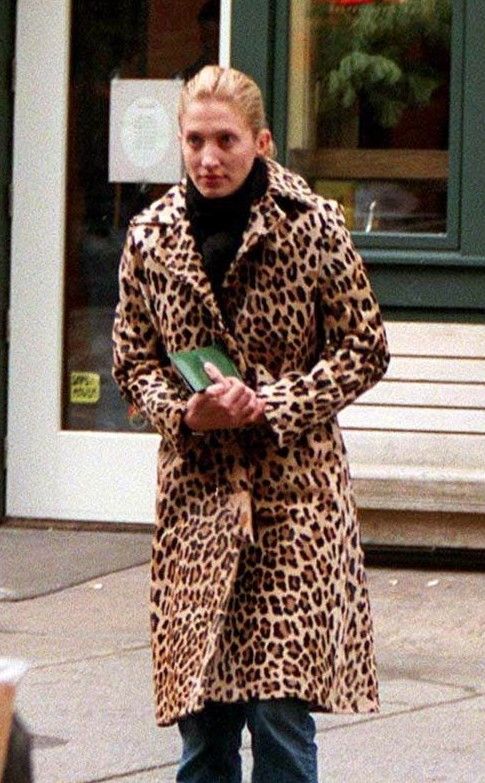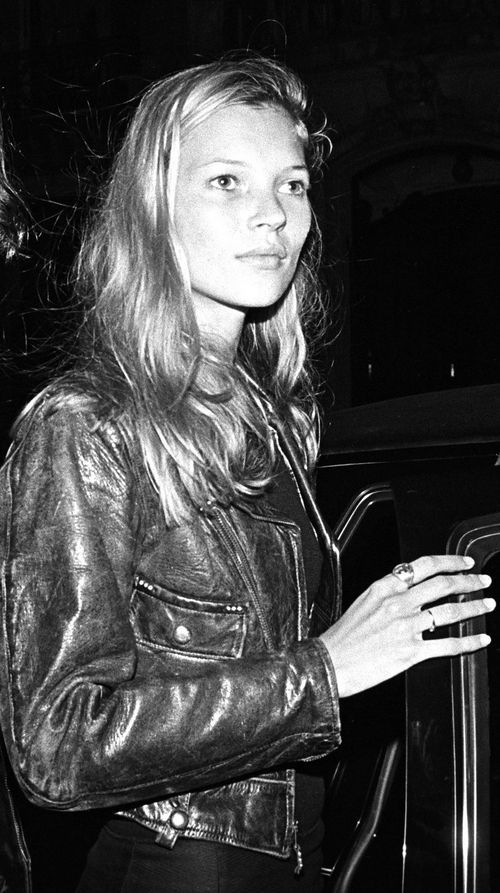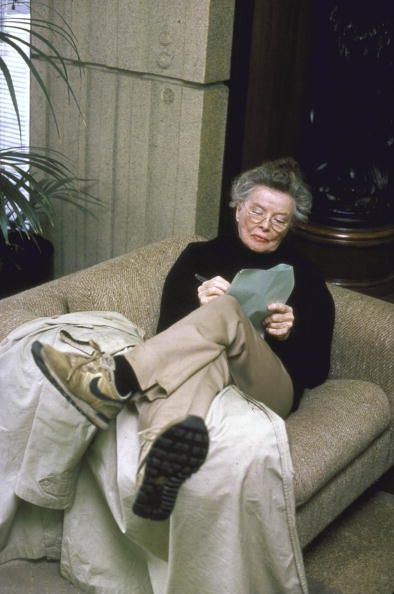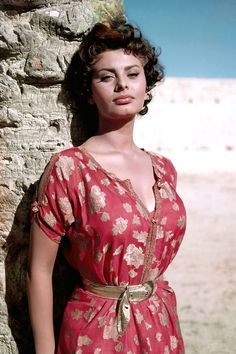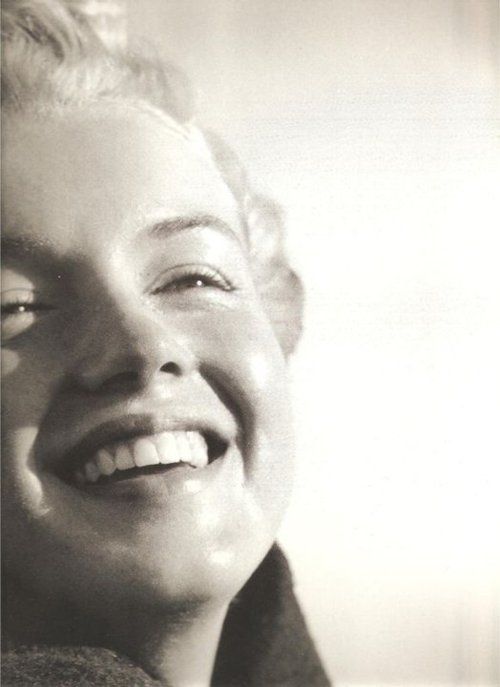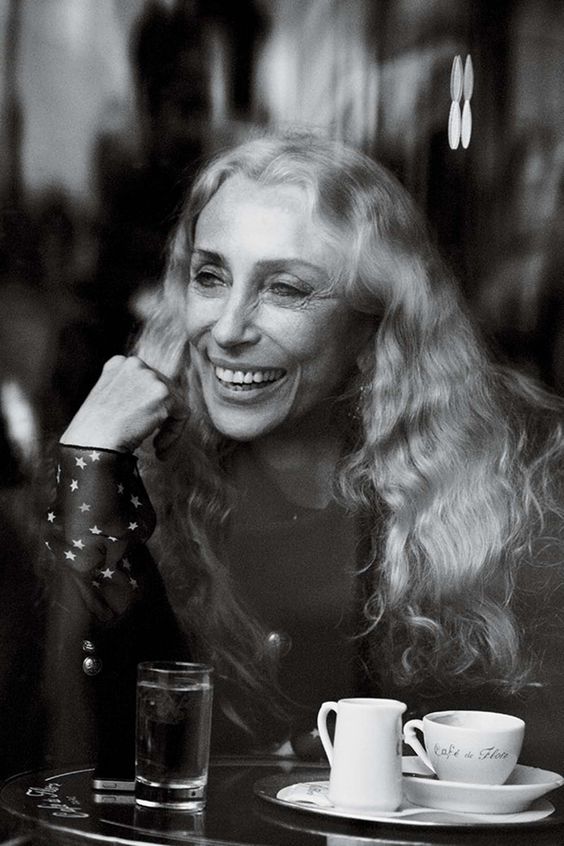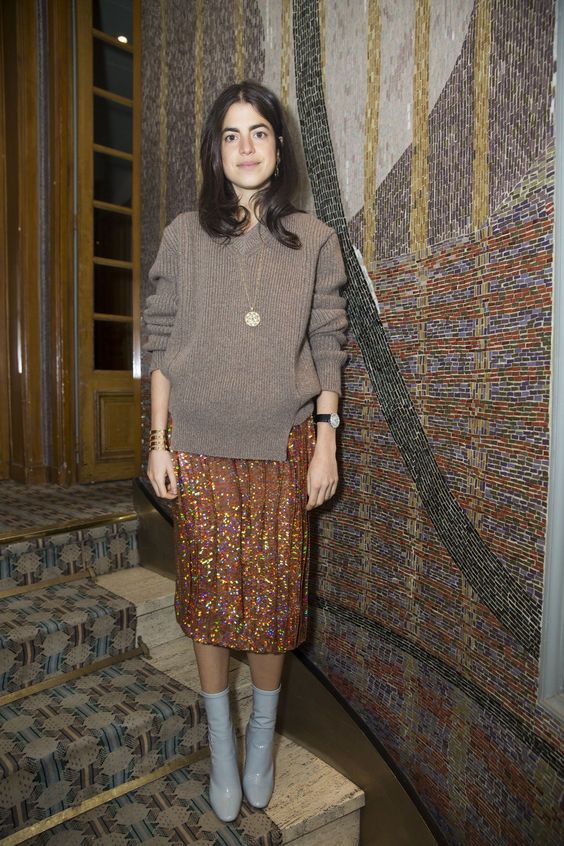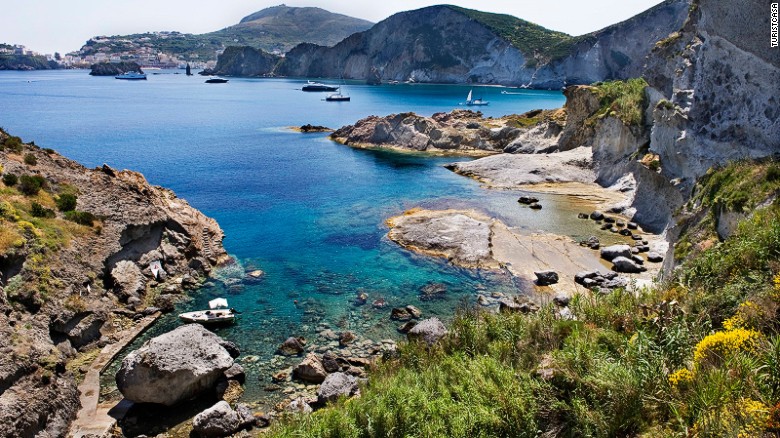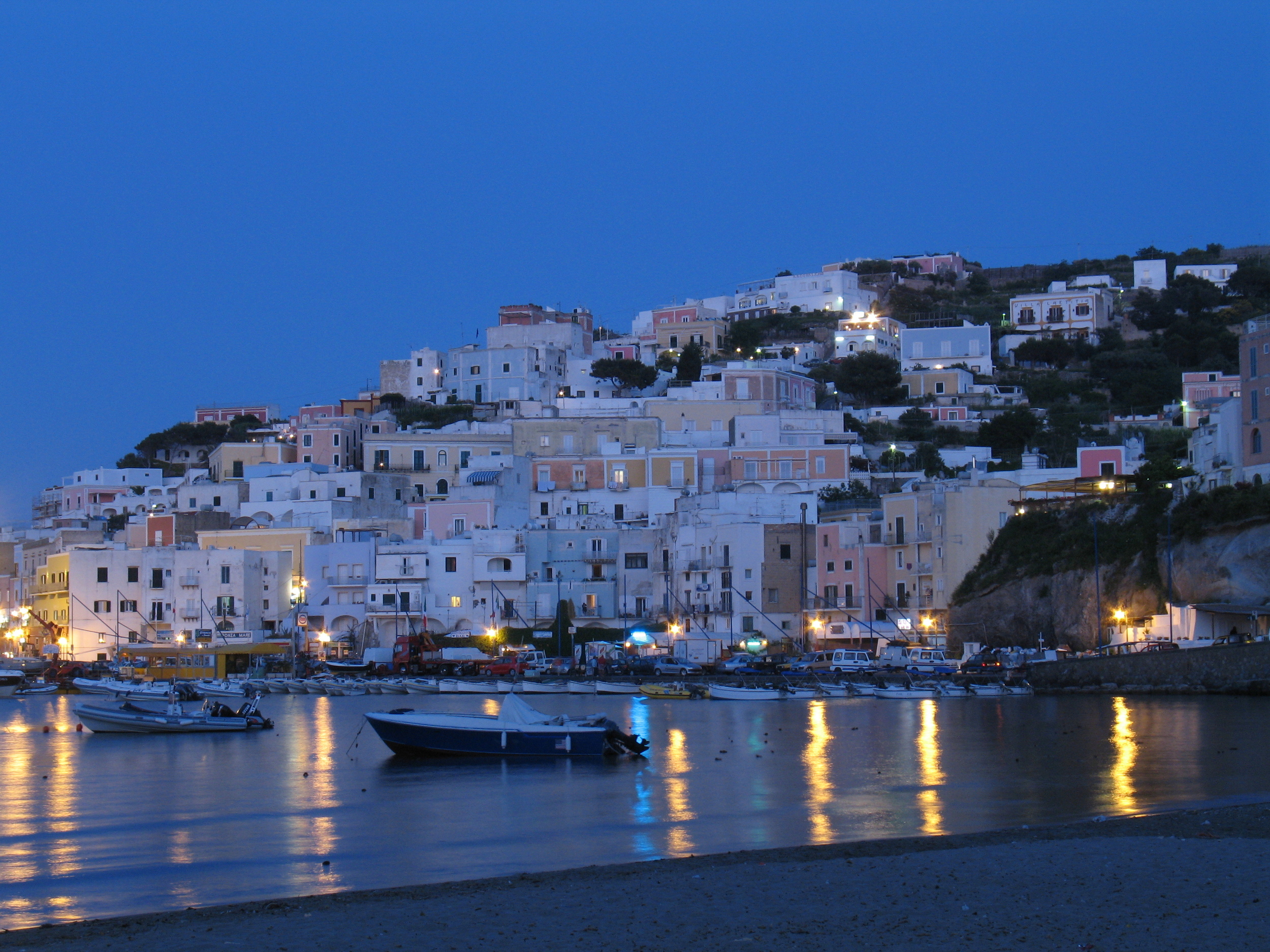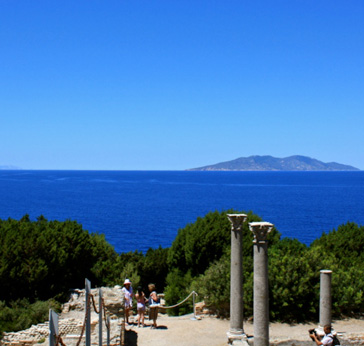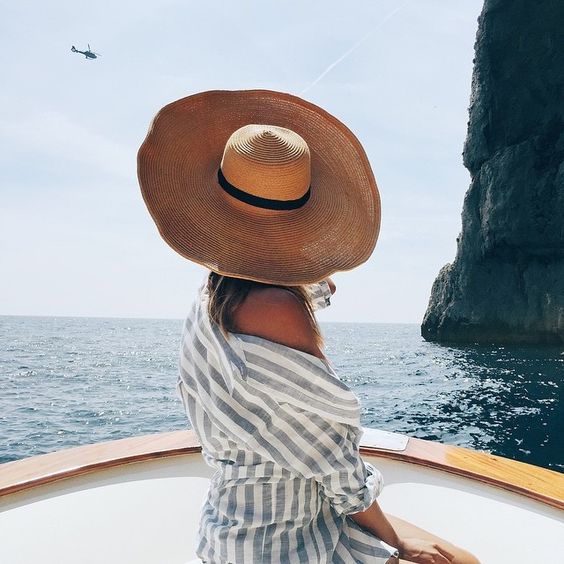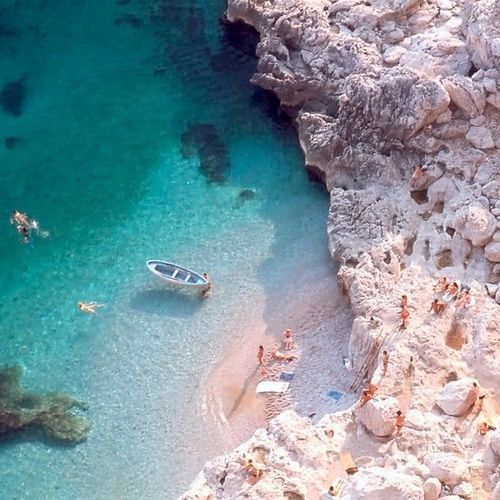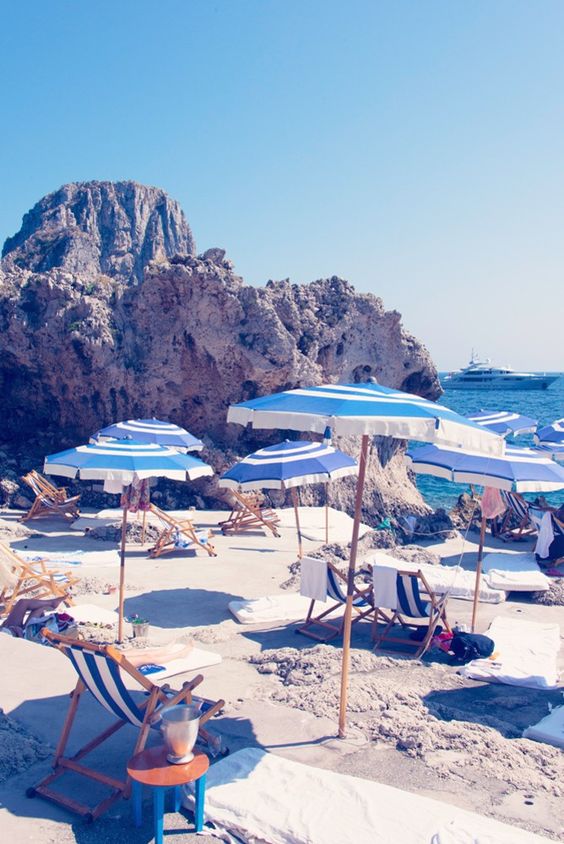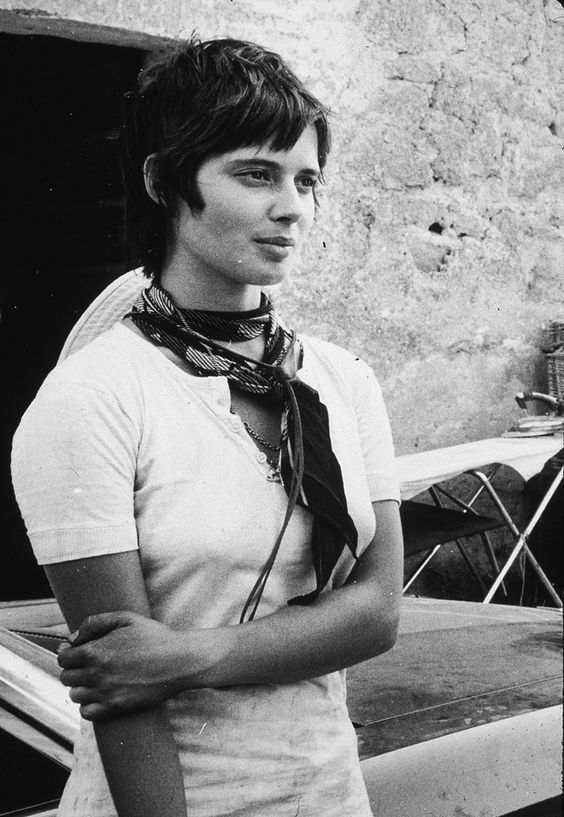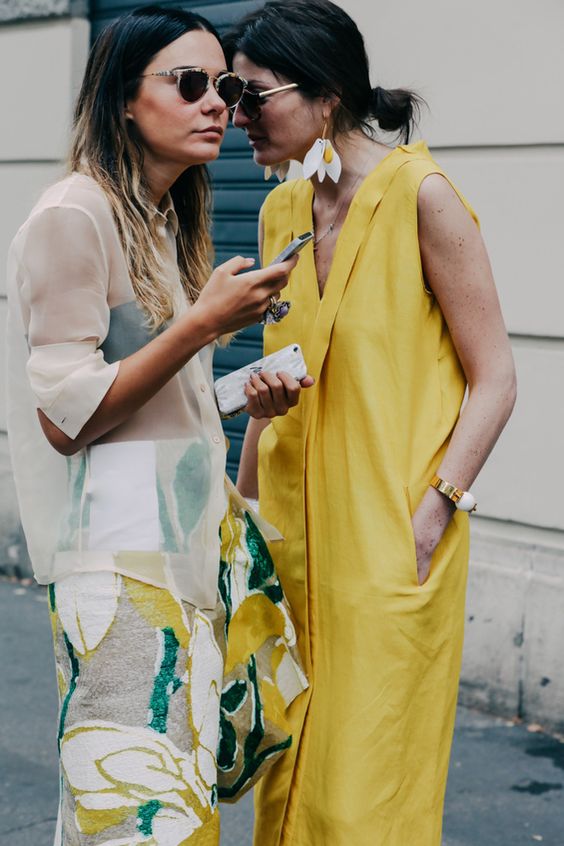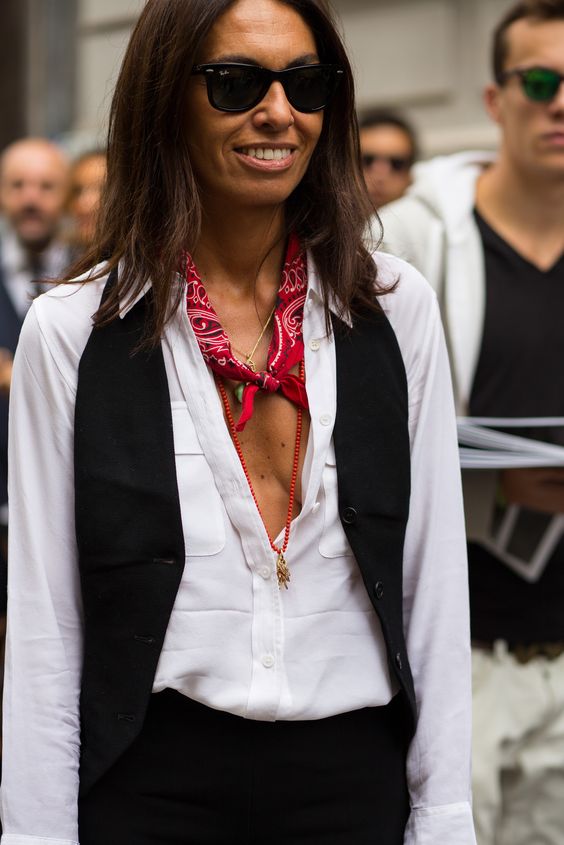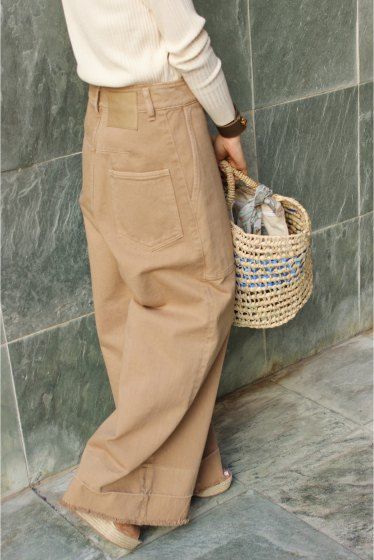Chapter n.7 of the book says: “Apply make-up with discretion”
I never thought that to make me look more attractive, pleasing, powerful to others I had to wear make-up, not that I was given classes or instructed, it is what I came down to believing.
What I see in the mirror is different from how people see me, and I am told it’s normal, as normal as hearing one’s voice. The first time I heard myself recorded it was like: wow, they are right, and it was in a feeling-good way. Without knowing, I was projecting a sensual me, and I didn’t know.
Same goes with (not) applying make-up and projecting simply me.
You know that question “what’s the last thing you do before leaving the house”? As per my grand-mother’s suggestion we grew up knowing we had to “brush your hair polish your shoes, because … you never know”. Not that other things were less important, those were staples like wearing our own perfume, always carrying a clean ‘fazzolettino’, a handkerchief in the purse, pockets, schoolbag, jewelry on point and a dab of Kaloderma Gelee on our hands.
There was no mention of make-up, of course we were little, but all I grasped from both my grand-mother and mother was: put the Helena Rubinstein red lipstick on either in the mirror of the elevator or the rear-view mirror of the Fiat 500 (my grand-mother was never interested in learning how to drive, that goes to show the level of royal queen-ness, she couldn’t be bothered with traffic lights and parking, she had other stuff to do, besides, she’d move perfectly and independently with her bicycle) .
Then I grew and moved to a country where I ended up living for 20 years yet still being “so Italian I don’t even know how much”.
It was another continent where women wear full-on make-up at the gym (to be honest, it was already weird enough to go be at the gym, but that’s for another time).
When I started dropping Cecilia off to school, it was another eye opener to a reality I had barely acknowledged. I would be wearing my “work” clothes which, at the time, was either Ralph Lauren or Oscar de la Renta, and no make-up while the moms were full-on stage make-up and velour tracksuits (yes, that was Juicy Couture galore) at 8 am. I still didn't get it as, I am sure, they didn't get why I was all dressed up and no make-up, it was for both sides a nonsense.
Am I lazy? Maybe. Or maybe it's that in the morning we have different priorities: coffee and news in silence are my sacred moment, can't deal with humanity otherwise. That 1/2 hour could very well be occupied with applying make-up by someone else.
In my routine I have developed my own version of fast and furious make-up session, as fast as you can say altogether concealermascaralipgloss, boom, boom, boom. Which becomes a bit longer, when I have to do the grown-up gig, that includes smokey eyes, rosey cheeks and sparkly highlighter.
This is not to demean or ridicule, I am just providing my 2 cents on another of the facets of what makes Italian style that insouciant system of putting things together.
As long as what you wear means quality, simplicity, craftsmanship, thoughtful choice, that’s luxury enough to carry it with confidence, no need for any attempt to looking prettier or more pleasing to the eyes of others.
Some may say I use clothes to that purpose instead of using products to enhance my natural beauty and conceal the bad stuff. Yes, it's a fact: I believe that when you feel comfortable within your own skin, you don't need to obsess with strobing, masking, shading, filling, injecting. Maybe I have grown to develop a certain attitude that portrays my confidence, ease and poise, but that doens't include make-up.
I dress "because you never know" like my grand-mother would say you can meet Prince Charles or in Coco Chanel's words "dress like if you were going to meet your worst enemy".
'In order to be irreplaceable, one must be different' - Coco Chanel
Leandra Medine, of The Man Repeller, has her own perspective on why she doesn't wear make-up.
The French have a ton of literature on lipstick, I utterly agree with these 5 quintessential rules of beauty by Coco Chanel that resist as eternal even after over 130 years of her birth. Lipstick, signature fragrance, aging gracefully, individuality and love yourself first should be the ONLY five commandments (don't tell the nouns of my elementary school) a woman lives by.
I have briefly discussed it with Maria Chiara, of “La stanza degli armadi” or @clarissavintage in Instagram, with whom we are preparing a relay of posts on how to be Italian + vintage and sustainable living. One day she posted a picture sans maquillage and I caught the occasion of asking her why it is that Italians wear little make-up. And here’s what she says:
“By education, from my mother (NDR, who is French), I have never been obsessed with appearance, I have always accepted myself with my flaws and traits and, besides the creams and beauty products I have been using for 18 years, a rarely ever wear make-up.
This is what I am trying to pass on to my daughter: being before having, love yourself before being loved, taking care of yourself is first for self-respect not for appearing, but more than anything, don’t be afraid to be out of the choir.”
As simple as Maria Chiara puts it I hope that it will inspire hundreds of women and girls not to let anyone put them down for their unique characteristics.
Any thoughts?



